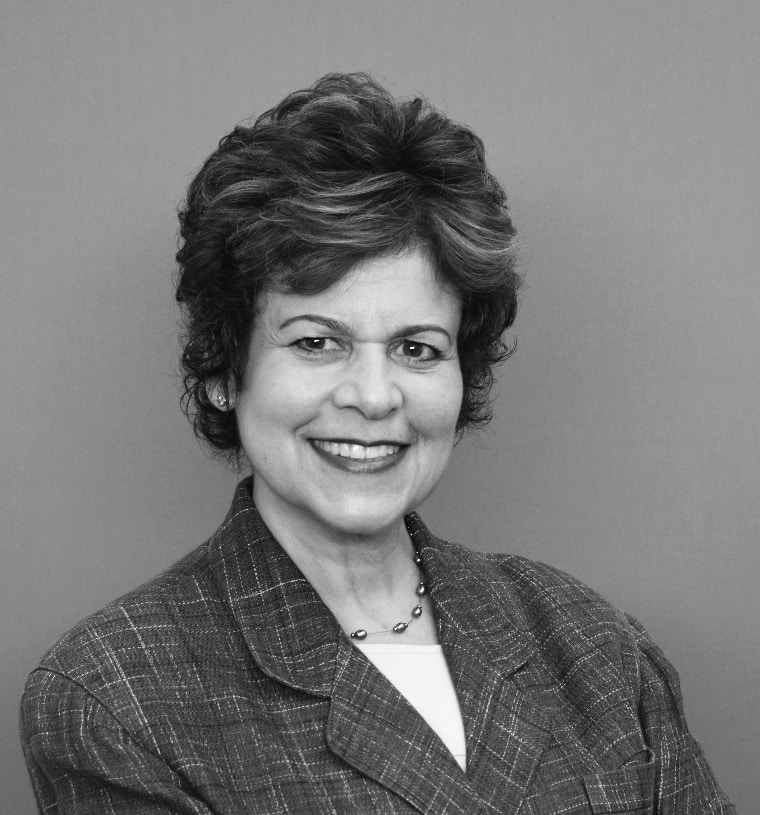February 11, 2019 | Cathy Thomas Hess, BSN, RN, CWCN
3 Minute Read
Wound Care Workflow Analysis and Design
The most critical step to a successful specialty electronic health record (EHR) implementation is conducting workflow analysis. In addition, smart workflow synchronization with your specialty EHR is key to driving compliance within your wound care department.
Hear from Cathy Thomas Hess, BSN, RN, CWCN, as she details the importance and benefits of workflow analysis and design for your specialty EHRs.


 0:00
4:25
0:00
4:25
 0:00
0:00
Net Health 360 | Wound Care professional coaching is available. We are only one call away!
View Video TranscriptDesigning, opening, managing and maintaining an outpatient wound care department takes time, dedication, and your ongoing focus.
And managing volume as well as supporting your clinical, operational and financial outcomes are key drivers for success. So utilizing a comprehensive, interoperable, specialty, electronic health record, or an EHR, with smart workflow, synchronization is key to driving compliance with those ever-changing rules, regulations, and findings within your wound care department. You also know the documentation that supports regulations needs to be mapped within the specialty EHR. Specific wound care elements and medical necessity requirements are essential for compliant patient records. Clinical and operational wound care triggers, outlier management, coding, billing requirements are also necessary to drive your facility standards, enhance outcomes and optimize reimbursement. Needless to say, you have a lot on your plate.
In my mind, the most critical step to a successful specialty EHR implementation is conducting a workflow analysis. This analysis maps current clinical process and data flows, identifies gaps with industry best practices, and produces recommendations for improvement through collaboration with clinical team members. It is paramount that the clinic’s workflow is implemented correctly, and the software is customized to suit your facility’s expectations for your staff, as well as your providers. And as a byproduct, these steps will also drive a higher adoption rate of the EHR.
We’re reminded of the importance of accurate and efficient workflows and documentation through a recent wound expert case study. As we discuss the case study, I’d like you to reflect on just a few questions. First does the documentation in your current EHR support the full scope of wound care performed? If not, why? Do you need to update your workflows or processes to capture additional information to meet medical necessity? And lastly, does your EHR solution allow more details about wound care, documentation and services?
So let me describe a case study that highlights workflow efficiency challenges commonly seen in the outpatient wound care setting. In the outpatient wound care department, singular workflows are typically unique to a person, such as a workflow for a nurse, a workflow for a provider, a medical assistant and so on. But singular workflows do not allow transparency for completed documentation between clinicians and providers, which we know is key to finalizing your medical record.
For example, some forms in a workflow are dependent on other forms to complete documentation process. Therefore, one may consider creating a dual workflow, which is combining key documenters based on clinical and operational workflows that are occurring in tandem. Utilization of the dual workflow could assist a facility in their documentation efforts to complete that medical record timely.
There are additional benefits to the dual workflow, and these may include things like driving accountability of care to leverage clinical tasks from the physician or provider to the clinician, improving care coordination through smart, efficient workflows and compliant documentation, imparting care coordination through evidence-based care models, maximizing reports to drive compliance, driving revenue recognition and reimbursement, and creating and managing those e-signature requirements based on your facility direction through the smart administrative tools as well as the forms within your WoundExpert platform. A specialty wound care EHR, like WoundExpert, allows flexibility to create efficient workflows for complete medical record documentation.
So one question. Is it time for you to review workflow design in your practice, which would better support clinical and operational efficiencies? If so, please contact NetHealth 360 professional services. We’re only a call away.







